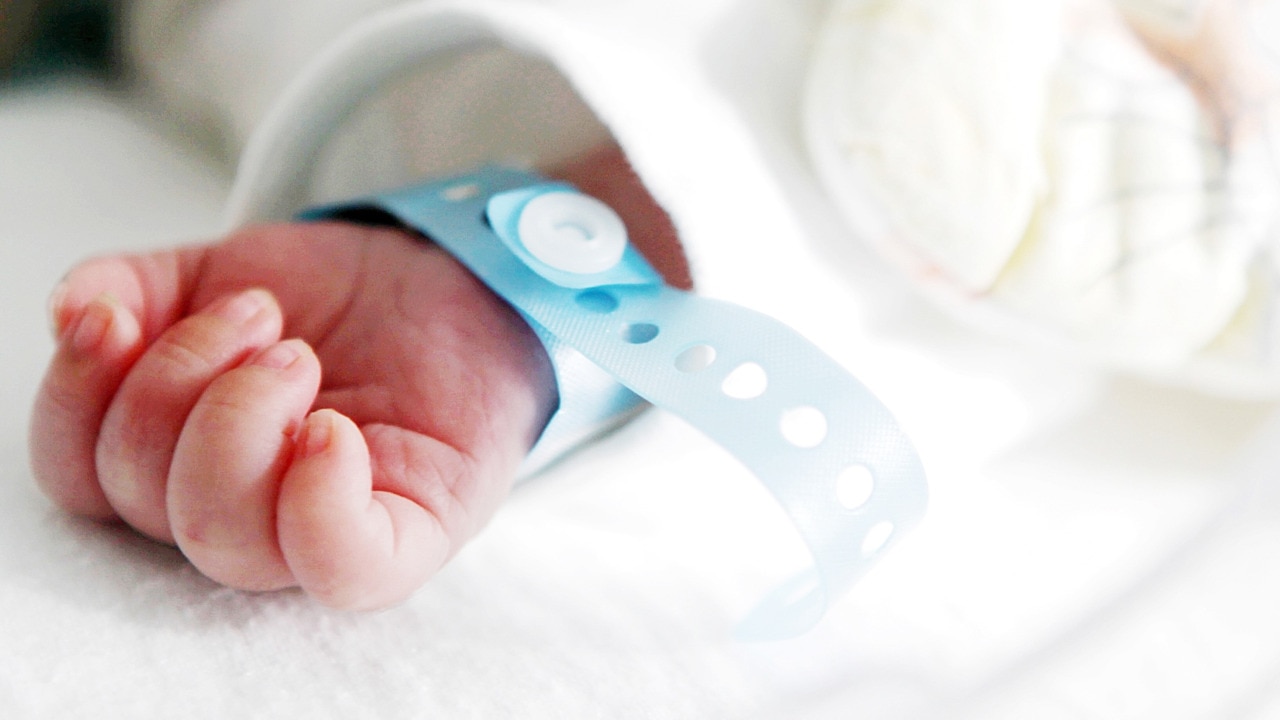Australia’s baby drought is driven by housing and cost-of-living worries
Australia has hit its lowest fertility rate on record, with cost-of-living pressures and house prices being blamed.

Cost-of-living pressures and unaffordable housing have been blamed for driving Australia’s fertility rate down to 1.5 births per woman in 2023, its lowest level since records began in 1935.
The falling birthrate will leave the nation increasingly reliant on migration to deliver population growth, experts say.
New Australian Bureau of Statistic data reveals the national fertility rate dropped from 1.63 births a woman in 2022 to 1.5 last year, putting Australia right at the average of OECD countries and sitting alongside Germany, Sweden and The Netherlands.
The total number of babies registered as born in Australia in 2023 – 286,998 – was the lowest in 17 years, almost 14,000 fewer than in 2022.
A jump in births during 2021, in the midst of Covid lockdowns, has been wiped out, with last year’s fall continuing a trend since 2008, the last year when the fertility rate was above 2.
With 2.1 births a woman required to maintain a natural population balance through births alone, declining fertility feeds into the current migration debate. Migration is the only other lever available to influence population, a key pillar of economic growth.
The ABS data shows women are having children later, with the fertility rate of women aged 40 to 44 years almost doubling over the past 30 years.
“The long-term decline in fertility of younger mums as well as the continued increase in fertility of older mums reflects a shift towards later child-bearing,” ABS head of demography statistics Beidar Cho said.
“Together, this has resulted in a rise in median age of mothers to 31.9 years, and a fall in Australia’s total fertility rate.” (The median age for fathers is 33.8 years.)
KPMG urban economist Terry Rawnsley puts this down to cost-of-living and housing pressures.
“The cost-of-living crunch is coming through in these numbers,” he said. “People finding it hard to pay their rent or their mortgage are delaying having that first child, which in turn delays subsequent children.

“With the extra government investment in childcare and paid parental leave over the past two or three years, you’d have hoped that this might have started to shift that fertility rate but clearly cost-of-living pressures are outweighing the impact of those benefits.
“Housing affordability issues over the last 10 years are also having an impact on couple decision-making around having babies. Where they previously could have afforded a three-bedroom home, allowing space for two children, now it’s a two-bedroom apartment and one child.”
Demographer Simon Kuestenmacher said despite the downward trend of the fertility rate, it wasn’t time for radical policy steps. “I’m afraid people will now call for baby bonuses. They don’t work,” Dr Kuestenmacher said.
“The small increase in total fertility rate after the Costello baby bonus (a one-off payment to parents brought in by former treasurer Peter Costello) had nothing to do with the handout but was the result of the mining boom.
“To increase the fertility rate, we must give young people a sense of optimism, a confidence they can financially handle a family,” he said, adding that part of this would revolve around “making housing cheaper”.
Demographer Peter McDonald said Australia was not facing population declines like some other countries “because births will remain above deaths due to the impact of migration”.
“Keeping net migration at around 200,000 a year, similar to recent history, is easily enough to compensate for falling fertility.”
Professor McDonald said if the federal government wanted levers to try to stabilise the birthrate, childcare and affordable housing should be considered.
“It doesn’t have too many levers around affordable housing, but it does for affordable childcare, so it wouldn’t surprise me to see some announcement in this regard ahead of the next election.”
The ABS data shows Western Australia had the highest total fertility rate in 2023 (1.57 babies per woman) closely followed by NSW and the Northern Territory (1.55 babies per woman).
The ACT had the lowest total fertility rate with 1.31 babies per woman. Only Tasmania saw an increase, growing from 1.49 to 1.51 babies per woman.






To join the conversation, please log in. Don't have an account? Register
Join the conversation, you are commenting as Logout